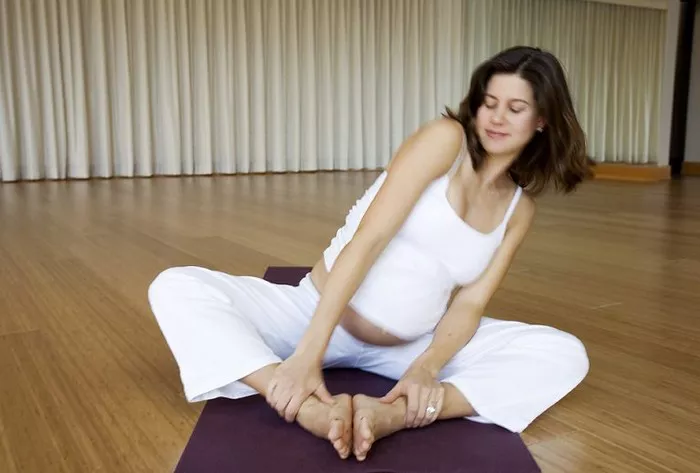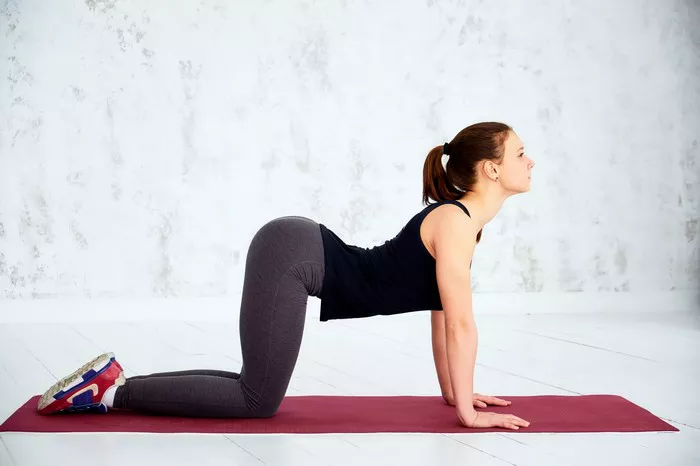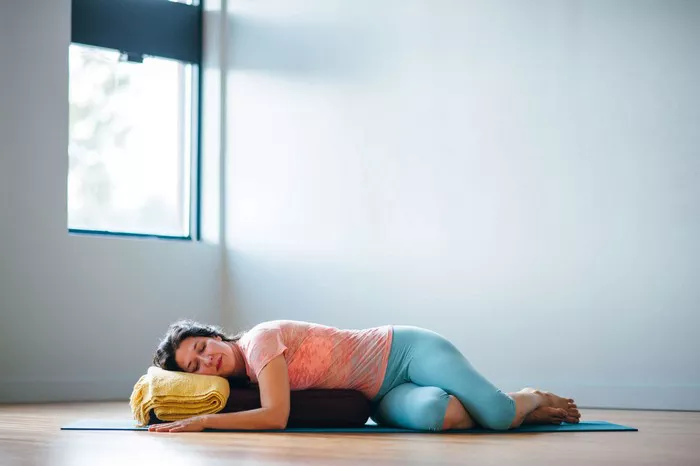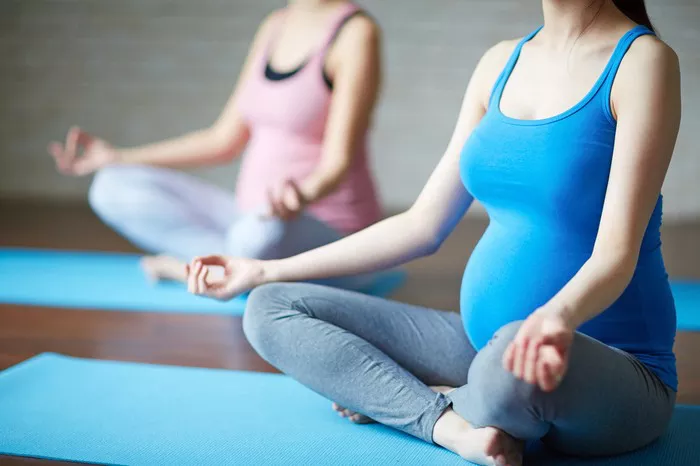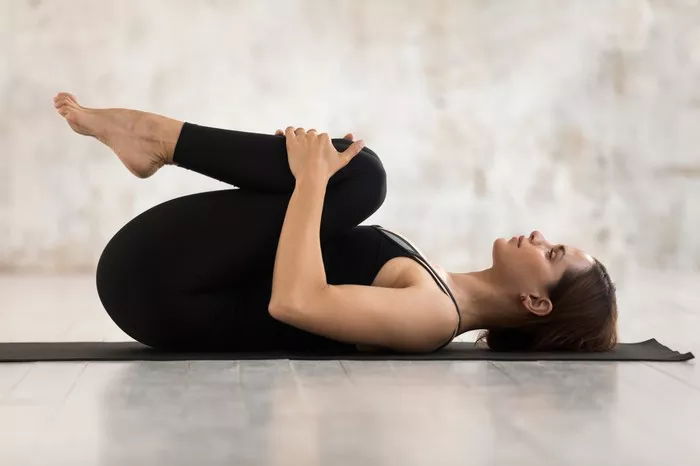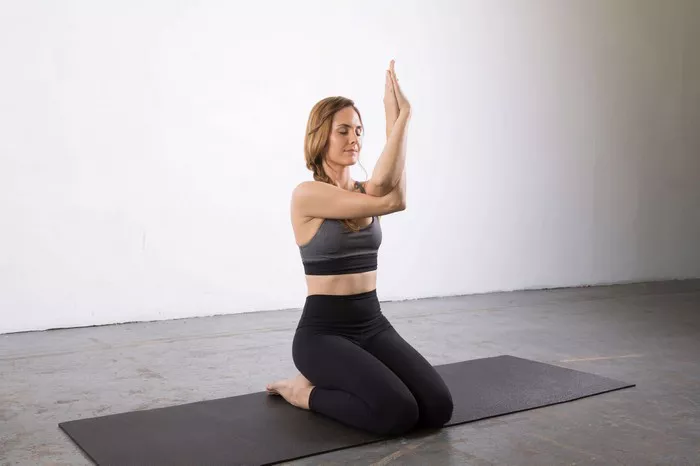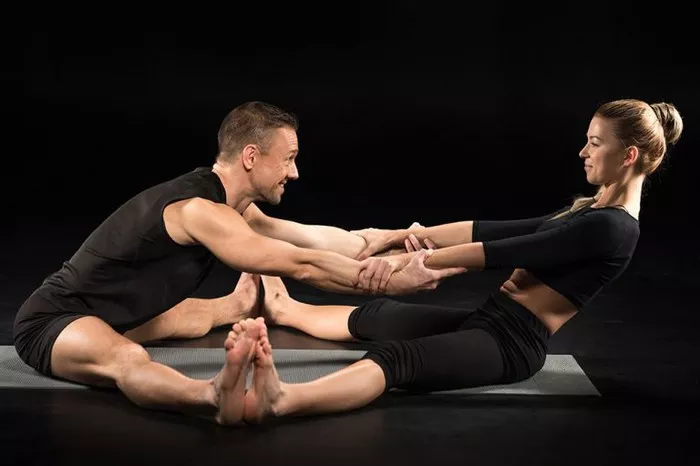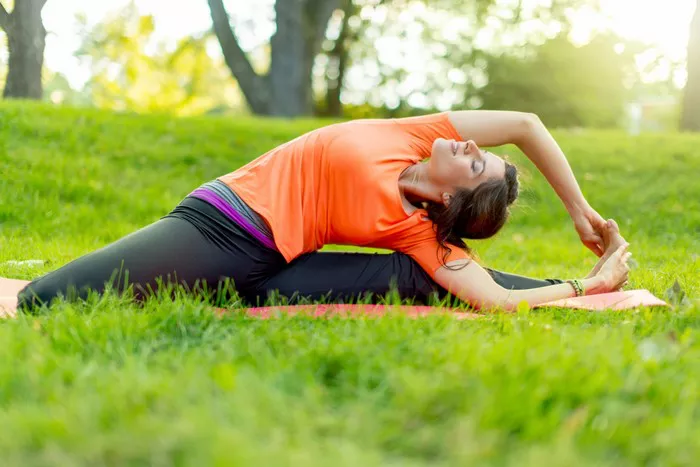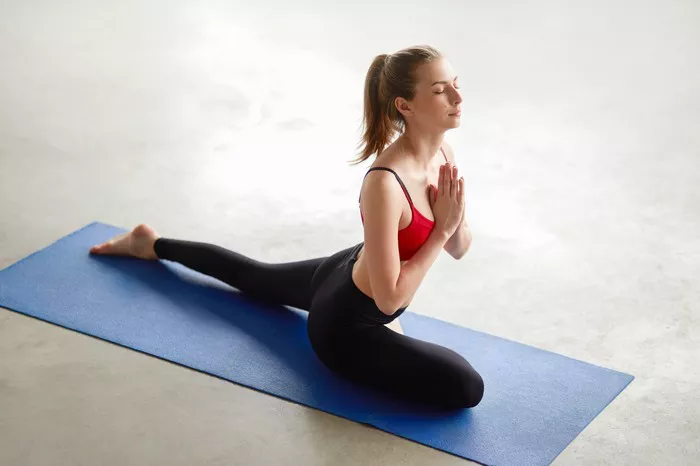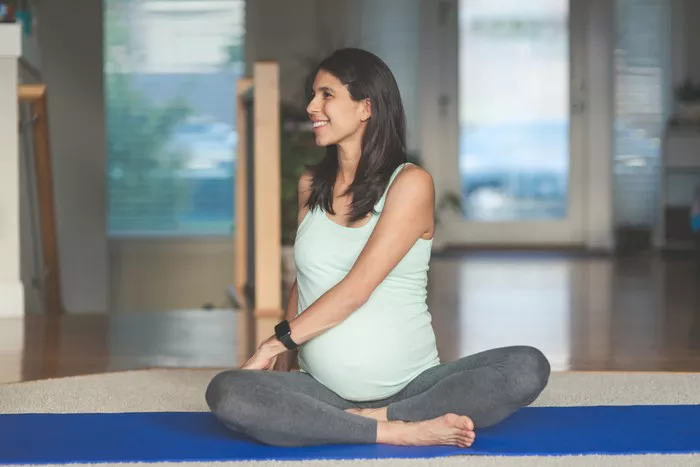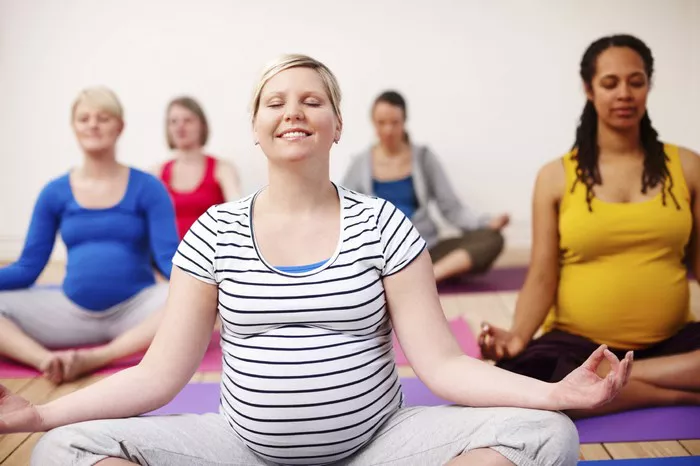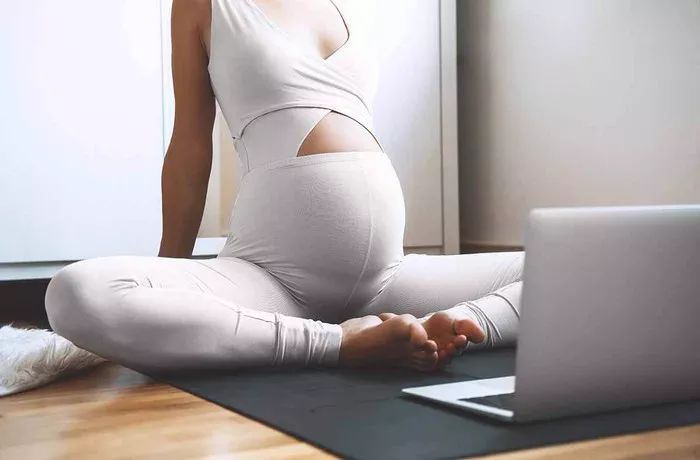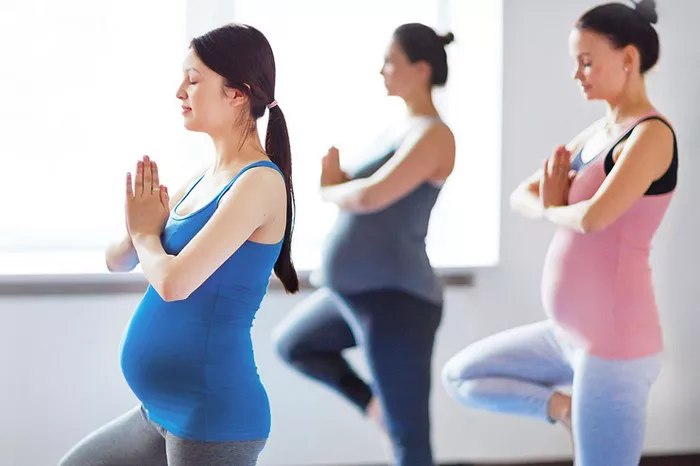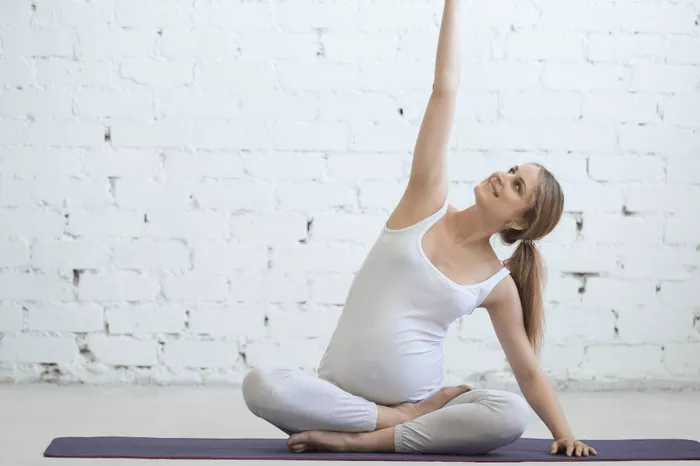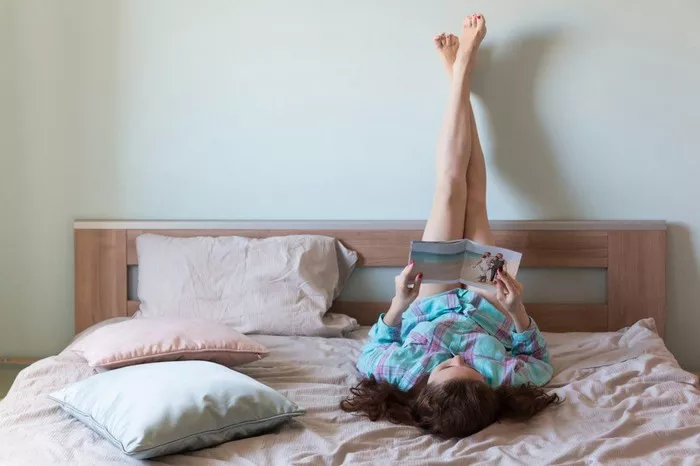Back pain is one of the most common complaints in modern life, affecting people of all ages and lifestyles. Whether caused by prolonged sitting, poor posture, muscle strain, or underlying medical conditions, back pain can significantly impact daily activities and overall well-being. Yoga has long been recognized as a holistic approach to alleviating back pain, and one pose that often garners attention is Halasana, also known as Plow Pose. But is Halasana truly beneficial for back pain?
In this article, we will explore the benefits, potential risks, modifications, and best practices for practicing Halasana, ensuring that individuals with back pain can make an informed decision about incorporating this pose into their yoga routine.
Understanding Halasana (Plow Pose)
Halasana is an intermediate to advanced-level yoga pose in which the body is positioned in an inverted stance. The legs are lifted overhead and brought toward the floor behind the head while the shoulders remain grounded. The arms typically rest on the floor with palms facing downward, though some practitioners may clasp their hands together.
Halasana is well-known for its ability to stretch and lengthen the spine, release tension in the back muscles, and promote flexibility. However, due to the deep spinal flexion involved, it requires careful execution, particularly for individuals with pre-existing back conditions.
How Halasana Affects the Back
To understand whether Halasana is good for back pain, it is essential to analyze how this pose influences the spine, muscles, and nervous system.
1. Spinal Decompression and Stretching
Halasana elongates the spine by creating a deep forward bend. This movement stretches the paraspinal muscles, which run along the spine, helping to relieve tightness and tension caused by prolonged sitting or standing. The stretch also enhances spinal mobility, making it beneficial for those experiencing stiffness in the lower or upper back.
2. Strengthening the Core and Back Muscles
While Halasana is primarily a flexibility-focused pose, it also requires engagement from the core and back muscles to support the movement. This engagement can help improve posture and spinal alignment, reducing the likelihood of chronic back pain caused by muscular imbalances.
3. Improved Blood Circulation
Inversions like Halasana increase blood circulation to the spine and surrounding muscles, delivering oxygen and nutrients that promote healing and reduce inflammation. This enhanced circulation may contribute to pain relief over time.
4. Relief from Compression in the Lower Back
For some individuals, Halasana can help counteract the compression that builds up in the lumbar spine due to prolonged sitting. By stretching the back, it allows the vertebrae to create more space, potentially alleviating certain types of lower back discomfort.
When Halasana Might Not Be Suitable for Back Pain
While Halasana has several potential benefits for back health, it is not suitable for everyone. Individuals with certain back conditions should exercise caution or avoid this pose altogether.
1. Herniated Discs
Halasana involves significant spinal flexion, which can place excessive pressure on the intervertebral discs. Those with a herniated or slipped disc should avoid this pose, as it may worsen the condition by increasing pressure on the affected area.
2. Sciatica
If back pain is caused by sciatica (compression of the sciatic nerve), Halasana may aggravate symptoms by stretching the lower back in a way that puts additional pressure on the nerve.
3. Osteoporosis or Weak Bones
Individuals with osteoporosis or reduced bone density should avoid Halasana, as it can strain the spine and increase the risk of vertebral fractures.
4. Neck Issues
Halasana places pressure on the cervical spine (neck region) as the weight of the body is distributed across the shoulders. Those with neck injuries, cervical spondylosis, or chronic neck pain should avoid this pose or modify it significantly.
5. Acute Back Injuries or Inflammation
If back pain is the result of an acute injury, recent surgery, or inflammation, Halasana should be avoided until the back has fully healed. Stretching an injured area prematurely can lead to further damage.
Safe Modifications for Individuals with Back Pain
For those who want to experience the benefits of Halasana without risking injury, modifications can make the pose more accessible.
1. Use of Props
Placing a bolster or folded blanket under the lower back can provide support and reduce strain on the spine. Additionally, resting the feet on a chair or wall instead of reaching for the floor can prevent excessive spinal flexion.
2. Supported Halasana with Bent Knees
Instead of keeping the legs fully extended, bending the knees and resting them on a prop (such as a yoga block) can reduce the intensity of the stretch and prevent excessive stress on the lower back.
3. Partial Halasana (Ardha Halasana)
In this variation, the legs are lifted only halfway rather than being brought fully overhead. This modification helps engage the core while minimizing strain on the back.
Best Practices for Practicing Halasana Safely
If you are considering adding Halasana to your yoga practice, follow these guidelines to ensure safety and effectiveness:
1. Warm Up Properly
Before attempting Halasana, practice preparatory poses such as Cat-Cow Stretch, Downward Dog, Seated Forward Bend, and Bridge Pose to warm up the spine and surrounding muscles.
2. Maintain Proper Alignment
- Keep the neck in a neutral position and avoid turning the head during the pose.
- Engage the core muscles to support the lower back.
- Avoid collapsing into the shoulders; instead, keep the upper body strong and stable.
3. Listen to Your Body
If you feel sharp pain, discomfort, or tingling sensations in your back or legs, exit the pose immediately. Yoga should never cause pain; instead, it should feel like a comfortable and controlled stretch.
4. Breathe Deeply
Breathing deeply while holding Halasana can help release tension and enhance the effectiveness of the pose. Avoid holding your breath, as it may create unnecessary strain.
5. End with a Counterpose
After practicing Halasana, follow up with a gentle backbend such as Bridge Pose or Cobra Pose to counteract the deep forward flexion. This helps maintain spinal balance.
Alternative Yoga Poses for Back Pain Relief
If Halasana is too intense or unsuitable for your condition, consider these gentle poses that provide similar benefits:
1. Child’s Pose (Balasana)
A relaxing pose that stretches the lower back and helps relieve tension.
2. Cat-Cow Pose (Marjaryasana-Bitilasana)
A dynamic movement that mobilizes the spine and reduces stiffness.
3. Reclining Twist (Supta Matsyendrasana)
A gentle twist that helps release tension in the lower back and spine.
4. Sphinx Pose
A mild backbend that strengthens the lower back muscles while providing gentle extension.
5. Legs Up the Wall (Viparita Karani)
An excellent restorative pose that promotes spinal relaxation without excessive bending or compression.
Conclusion
Halasana can be beneficial for some individuals experiencing back pain, particularly those with muscular tension or mild stiffness in the spine. However, for individuals with herniated discs, sciatica, osteoporosis, or acute injuries, this pose can be risky and may exacerbate pain rather than alleviate it.
For safe practice, always listen to your body, use modifications if needed, and consult a healthcare professional or experienced yoga instructor before attempting Halasana, especially if you have pre-existing back conditions.
By practicing yoga mindfully and choosing the right poses for your body, you can effectively manage back pain and promote long-term spinal health.
Related Topics:

